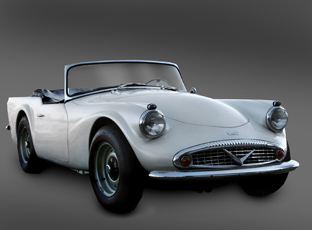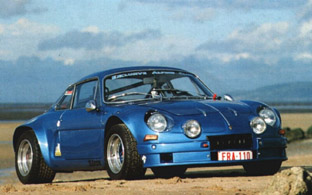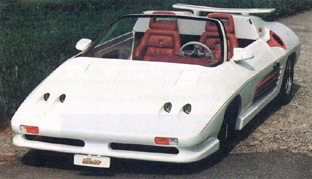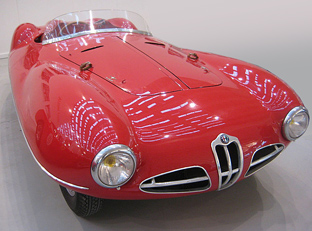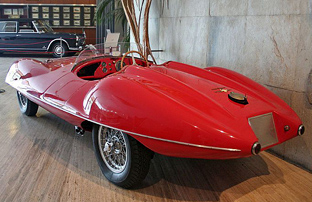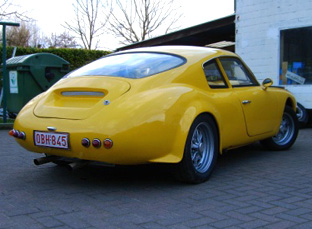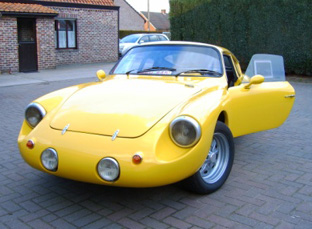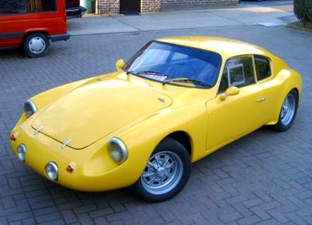Popularity
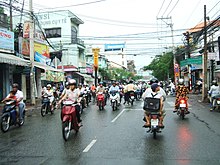
Motorbikes are the primary form of transportation in Vietnam.
In numerous cultures, motorcycles are the primary means of motorised transport. According to the Taiwanese government, for example, "the number of automobiles per ten thousand population is around 2,500, and the number of motorcycles is about 5,000."[37] In places such as Vietnam, motorised traffic consist of mostly motorbikes[4] due to a lack of public transport and low income levels that put automobiles out of reach for many.[3]
The four largest motorcycle markets in the world are all in Asia: China, India, Indonesia, and Vietnam.[3] The motorcycle is also popular in Brazil's frontier towns.[5] Amid the global economic downturn of 2008, the motorcycle market grew by 6.5%.[38]
Recent years have seen an increase in the popularity of motorcycles elsewhere. In the USA, registrations increased by 51% between 2000 and 2005.[39] This is mainly attributed to increasing fuel prices and urban congestion.[40] A Consumer Reports subscribers' survey of mainly United States motorcycle and scooter owners reported that they rode an average of only 1,000 miles (1,600 km) per year, 82% for recreation and 38% for commuting.[41] Americans put 10,000–12,000 miles (16,000–19,000 km) per year on their cars and light trucks.[42]
Subcultures

Sunbeam motorcycle owners rally, 2008.

A Hells Angels wall mural in Southampton, UK
Motorcycle club, Outlaw motorcycle club, and Category:Motorcycling subculture
Around the world, motorcycles have historically been associated with subcultures. Some of these subcultures have been loose-knit social groups such as the cafe racers of 1950s Britain, and the Mods and Rockers of the 1960s. A few are believed to be criminal gangs.
Social motorcyclist organisations are popular and are sometimes organised geographically, focus on individual makes, or even specific models. Example motorcycle clubs include: American Motorcyclist Association, Harley Owners Group and BMW MOA. Some organisations hold large international motorcycle rallies in different parts of the world that are attended by many thousands of riders.
Whereas many social motorcycle organisations raise money for charities through organised events and rides, some other motorcycle organisations exist only for the direct benefit of others. Bikers Against Child Abuse (BACA) is one example. BACA assigns members to individual children to help them through difficult situations, or even stay with the child if the child is alone or frightened.[43]
In recent decades, motorcyclists have formed political lobbying organisations in order to influence legislators to introduce motorcycle-friendly legislation. One of the oldest such organisations, the British Motorcycle Action Group, was founded in 1973 specifically in response to helmet compulsion, introduced without public consultation.[44] In addition, the British Motorcyclists Federation (BMF), originally founded in 1960 as a reaction to the public perception of motorcyclists as leather-jacketed hooligans, has itself moved into political lobbying. Likewise, the U.S. has ABATE, which, like most such organisations, also works to improve motorcycle safety, as well as running the usual charity fund-raising events and rallies, often for motorcycle-related political interests.[45]
At the other end of the spectrum from the charitable organisations and the motorcycle rights activists are the Outlaw Motorcycle Gangs. These are defined by the Provincial Court of Manitoba as: "Any group of motorcycle enthusiasts who have voluntarily made a commitment to band together and abide by their organisations' rigorous rules enforced by violence, who engage in activities that bring them and their club into serious conflict with society and the law".[46] The Federal Bureau of Investigation (FBI) and Criminal Intelligence Service Canada have designated four MCs as Outlaw Motorcycle Gangs (OMGs), which are the Pagans, Hells Angels, Outlaws MC, and Bandidos,[47][48] known as the "Big Four".[49]
Mobility

A couple ride on a motorcycle in Udaipur, India. Annual sales of motorcycles in India are expected to exceed 10 million by 2010.
[50]
While people choose to ride motorcycles for various reasons, those reasons are increasingly practical, with riders opting for a powered two-wheeler as a cost-efficient alternative to infrequent and expensive public transport systems, or as a means of avoiding or reducing the effects of urban congestion.[51] In places where it is permitted, lane splitting, also known as filtering, allows motorcycles to use the space between vehicles to move through stationary or slow traffic.[52]
In the UK, motorcycles are exempt from the £8 per day London congestion charge other vehicles must pay to enter the city during the day. Motorcycles are also exempt from toll charges at some river crossings, such as the Severn Bridge, Dartford Crossing, and Mersey Tunnels. Some cities, such as Bristol, allow motorcycles to use bus lanes and provide dedicated free parking. In the United States, those states that have high-occupancy vehicle lanes also allow for motorcycle travel in them. Other countries have similar policies.
In New Zealand motorcycle riders are not required to pay for parking that is controlled by a barrier arm;[53] the arm does not occupy the entire width of the lane, and the motorcyclist simply rides around it.[54] Many car parks controlled in this way supply special areas for motorcycles to park, so as not to unnecessarily consume spaces.
In many cities that have serious parking challenges for cars, such as San Francisco, US and Melbourne, Australia, motorcycles are generally permitted to park on the sidewalk, rather than occupy a space on the street which might otherwise be used by a car.[citation needed]
Safety
Motorcycle safety and Motorcycle safety clothing
Motorcycles have a higher rate of fatal accidents than automobiles. United States Department of Transportation data for 2005 from the Fatality Analysis Reporting System show that for passenger cars, 18.62 fatal crashes occur per 100,000 registered vehicles. For motorcycles this figure is higher at 75.19 per 100,000 registered vehicles – four times higher than for cars.[55] The same data shows that 1.56 fatalities occur per 100 million vehicle miles travelled for passenger cars, whereas for motorcycles the figure is 43.47 – 28 times higher than for cars (37 times more deaths per mile travelled in 2007).[56] Furthermore for motorcycles the accident rates have increased significantly since the end of the 1990s, while the rates have dropped for passenger cars.

Wearing a motorcycle helmet reduces the chances of death or injury in a motorcycle crash
The two major causes of motorcycle accidents in the United States are: motorists pulling out or turning in front of motorcyclists and violating their rights-of-way and motorcyclists running wide through turns. The former is sometimes called a SMIDSY, an acronym formed from the motorists' common response of "Sorry mate, I didn't see you".[57] The latter is more commonly caused by operating a motorcycle while intoxicated.[58] Motorcyclists can anticipate and avoid some of these crashes with proper training, increasing their conspicuousness to other traffic, and separating alcohol and riding.
The United Kingdom has several organisations which are dedicated to improving motorcycle safety by providing advanced rider training over and above what is necessary to pass the basic motorcycle test. These include the Institute of Advanced Motorists (IAM) and the Royal Society for the Prevention of Accidents (RoSPA). Along with increased personal safety, riders with these advanced qualifications often benefit from reduced insurance costs.
In South Africa, the Think Bike campaign is dedicated to increasing both motorcycle safety and the awareness of motorcycles on the country's roads. The campaign, while strongest in the Gauteng province, has representation in Western Cape, KwaZulu Natal and the Free State. It has dozens of trained marshals available for various events such as cycle races and is deeply involved in numerous other projects such as the annual Motorcycle Toy Run.[59]

An MSF rider course for novices
Motorcycle Safety Education is offered throughout the United States by organisations ranging from state agencies to non-profit organisations to corporations. The courses, designed by the Motorcycle Safety Foundation (MSF), include a Basic Rider Course, an Intermediate Rider Course and an Advanced Rider Course.
In the UK (except Northern Ireland) and some Australian jurisdictions, such as Victoria, New South Wales,[60] the Australian Capital Territory,[61] Tasmania[62] and the Northern Territory,[63] it is compulsory to undertake a rider training course before being issued a Learners Licence.
In Canada, motorcycle rider training is compulsory in Quebec and Manitoba only, but all provinces and territories have Graduated Licensing programs which place restrictions on new drivers until they have gained experience. Eligibility for a full motorcycle licence or endorsement for completing a Motorcycle Safety course varies by province. The Canada Safety Council, a non-profit safety organisation, offers the Gearing Up program across Canada and is endorsed by the Motorcycle and Moped Industry Council.[64] Training course graduates may qualify for reduced insurance premiums.
























